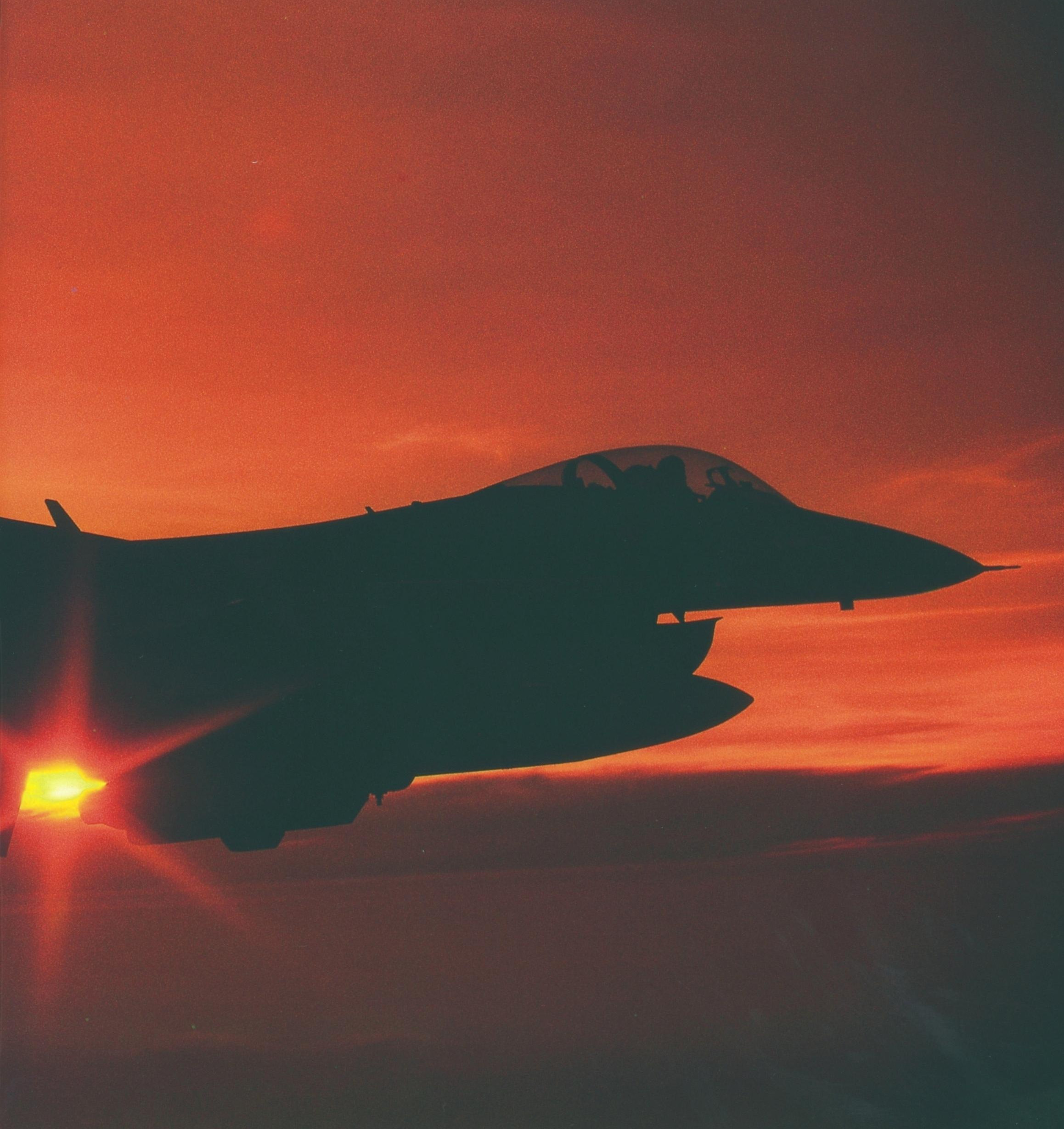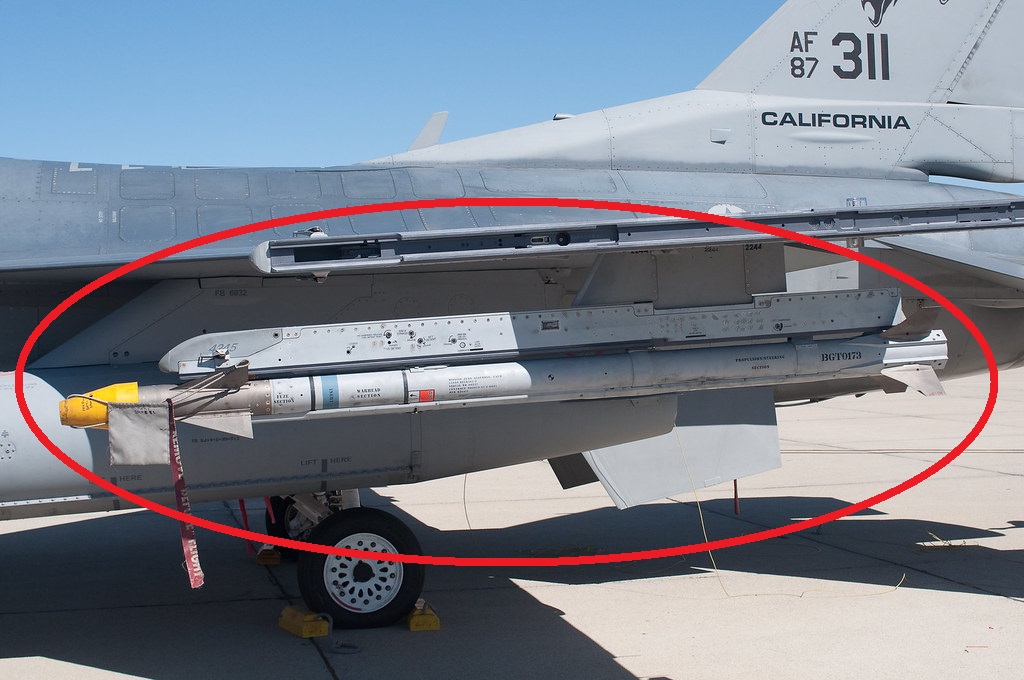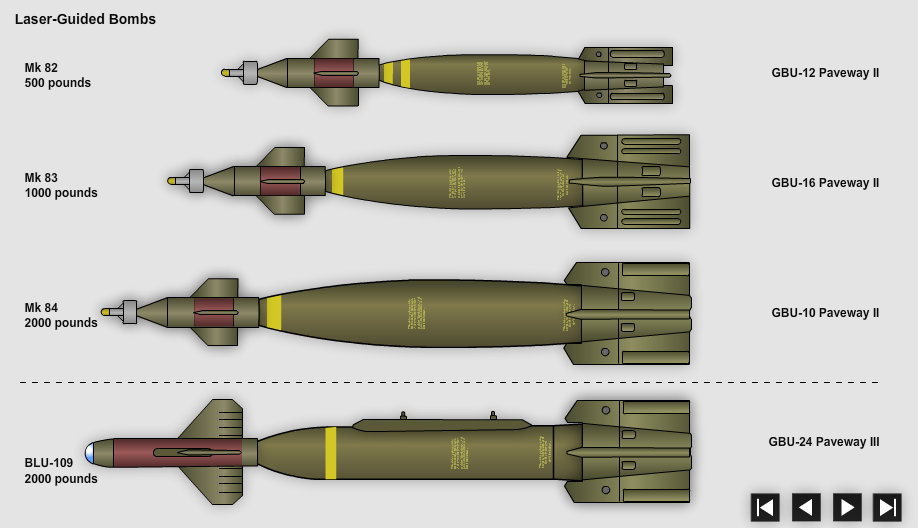
The beginning of the training of European F-16 fighters and their transfer to Ukraine will increase the combat capabilities of the Ukrainian Air Forces. Despite numerous attempts to upgrade the Soviet fighter jet fleet for the use of Western weaponry, their capabilities have remained limited due to the lack of full integration with the aircraft’s systems. The F-16 fighter jet has the potential to address this situation and prove itself as a multi-purpose and multifunctional platform.
Since the 1990s, the integration of aviation weaponry onto F-16 fighters has gained momentum. Countries that had their own missile programs could easily upgrade their F-16 to use non-American air-to-air missiles, or air-to-ground. Furthermore, the end of the Cold War was marked by attempts by countries that used the F-16 to transform them into multi-purpose multifunctional aircraft in order to use it as the main air force vehicle. This approach allowed for a global modernization program, and extended the aircraft’s service life.
To date, the most common armament configuration for F-16A/C fighters consists of using short-range AIM-9 and medium-range AIM-120 missiles. These missiles provide the basic capabilities for engaging in aerial combat at various distances and intercepting enemy targets, both within direct range and in close-air combat.
The AIM-9X missile takes the central role in executing maneuvering aerial combat and has become the main short-range missile for most F-16 fighters worldwide since 2005. The new MK-139 engine has expanded the missile’s maximum flight range to 30 kilometers (21 kilometers in the M version) against fixed targets and increased its maximum speed.
The X version received a more advanced LOAL (Lock-On After Launch) system. This system, when coupled with radio correction via Link 16, enables the missile to engage distant enemy targets. It should be noted that the F-16 Block 20 MLU fighters lack integrated interfaces for the AIM-9X missile, and, therefore, nowadays they use missiles of the 1980s AIM-9M. Despite this, practical warfare experience demonstrates that Russian fighters are cautious when flying near Ukraine’s borders and avoid possible collisions, making the use of the AIM-9M missile fully viable in countering cruise missiles and drones, which pose a significant threat to Ukraine.

As for the AIM-120 missile, its technical and dimensional capabilities allow for deployment against targets in aerial combat. However, the missile is better suited for launches at short and medium ranges. Despite active developments within the AMRAAM missile family, most versions of F-16 fighters, including the F-16A Block 20 MLU that Ukraine will acquire in the near future, employ the basic AIM-120C version. The maximum firing range of this missile varies in different assessments, with estimations ranging up to 105 kilometers. The maximum effective launch range, according to U.S. specifications, stands at 50 kilometers, with a recommended launch distance of 16 kilometers. The use of an active homing head and a Link 16 data channel allows the missile to be corrected in the middle flight area. In the conditions of the use of these missiles in Ukraine, their primary targets will be cruise missiles and drones. Due to its limited effective launch range of 50 kilometers, the fighters will have few opportunities to shoot down Russian aircraft behind the line of contact, including UMPK carriers.
Furthermore, even integrating the more modern AIM-120D missile won’t significantly expand these capabilities. The missile, in its overall framework, reached its peak in range. Further range extension is possible only by improving the ballistic flight trajectory, which also has its disadvantages, notably a lower missile flight speed, which gives more chances to the enemy aircraft to evade it.

The F-16 fighter uses the MIL-STD-1553 data bus, which simplifies the integration of more modern types of weaponry. Upon the customer’s request, the aircraft fleet can be upgraded to accommodate new missiles or bombs via a data bus software update. Most currently used and integrated armaments, already used on at least one combat-ready fighter, would only require software updates to enable the aircraft’s systems to read relevant information during their use.
In the case of the Norwegian F-16s, which Ukraine will also receive, these fighters have been modernized for the use of the European short-range air-to-air missile IRIS-T, also known as AIM-2000. This missile boasts capabilities similar to those of the American AIM-9X. It has a maximum flight range of 25 kilometers and employs an infrared capture camera.

The arsenal of air-to-ground missiles for aircraft like the F-16 is not extensive but provides the capability to engage ground targets at extended distances and provide direct support. The fighters, which should have been received by Ukraine in the early 2000s, have been equipped with the М5.1 standard system, which has not been updated since then, but can execute tasks involving weaponry in its software.
The main and only long-range weapon that is in the F-16’s arsenal is the AGM-158 JASSM cruise missile. Under the M6.5 standard, F-16 fighters have access to two versions of this missile, with ranges of up to 400 kilometers and 1000 kilometers. The missile has a 450-kilogram warhead and employs GPS guidance. On the final trajectory, the missile uses an infrared camera to search for and lock onto the target. The F-16 is capable of carrying up to four missiles of this type, although in most cases it only carries two. On the F-16 Block 20 MLU, the ability to employ such missiles is absent. However, integrating them in the future is possible through software updates and integration into the aircraft’s systems, which are needed for guidance and inertial guidance system preparation before launch.

The F-16’s arsenal also includes long-range glide bombs like the AGM-154 JSOW with a maximum flight range of 130 kilometers when released from an altitude of 8 kilometers at a speed of 960 kilometers per hour.

One notable feature of this bomb is its BROACH warhead, identical to that used on the French/British Storm Shadow/SCALP EG cruise missile. The warhead is perfect for destroying shelters and other fortified targets due to its use of a penetrator that breaches fortifications, followed by the main warhead exploding inside the fortified structure. In addition, the aircraft can carry up to eight JSOW missiles.

Despite the possibility of using the AGM-65 Maverick rocket, aircraft of this type use them very rarely, and now this missile is replaced by conventionally corrected bombs. The reason is that the launch of the missile should take place at a range of up to 10 km. In addition, the use of the cumulative variant makes it a rather highly specialized missile.
The use of HARM missiles on the fighter F-16 was implemented using an AN/ASQ-213 HTS special pod. But its integration has been carried out on special fighter models, which were used to search for and destroy enemy radars. In accordance with operations to destroy enemy radars, F-16CJ fighters had to operate together with EW aircraft, which, analyzing the radiation of the radar, gave guidance for these aircraft. In the case of independent actions, the aircraft becomes more vulnerable, due to an independent search.

The possibility of installing corrected bombs on the F-16 fighter has appeared after the integration of the suspended laser targeting container. This made possible the use of corrected laser-guided bombs of various weights. The aircraft’s software can work with all Paveway family bombs that are in service. In addition, the aircraft can use JDAM bombs, which are fully integrated into the aircraft’s weapons system, and have the ability to guide bombs during flight.
The advantages of using the JDAM adjusted bombs and the JDAM-ER by the F-16 are the possibility for complete integration and reconfiguration of the bomb during flight. The bomb is integrated into the aircraft network, and a pilot knows exactly when the bomb will be ready to be dropped, since before the drop, he must adjust the inertial guidance system by oscillating the wings to calibrate it. Such a procedure is mandatory, and can reduce the number of unsuccessful discharges.

Since the adoption of SDB bombs in 2006, they have been integrated into most F-16 aircraft. The bomb itself is a small 129 kg bomb, with a warhead of 16 to 93 kg, and a flight range of 150 km, subject to a drop at an altitude of 8 km.
The current configuration of European F-16 Block 20 MLU fighters does not fully align with modern trends and largely relies on U.S. industrial complex developments. A significant breakthrough for the prospective modernization of Ukrainian F-16s would be the integration of the European Meteor medium-range air-to-air missile, which uses a solid propellant air-breathing engine, providing superior missile characteristics when launched at low altitudes and a greater maximum range than its American counterpart, the AIM-120D.
The second key aspect for enhancing the capabilities of these fighters should be a factory upgrade to the M6.5 standard. This would allow the F-16 to use the JASSM cruise missile, AIM-9X short-range air-to-air missiles, and the new American AIM-120D medium-range air-to-air missiles.
In addition, in the case of a large funding package for the modernization of these aircraft, it is possible to install modern AN/APG-83 airborne radar with an active phased array, which will increase the detection range of targets, and provide a greater probability of detecting low-altitude and small-sized targets.
The new fighters, through their multifunctionality, will carry out more missions, and to provide them with appropriate weapons, Western partners should accelerate the production of JDAM-ER kits, thanks to which Ukrainian falcons will be able to strike the enemy’s deep rear.
Підтримати нас можна через:
Приват: 5169 3351 0164 7408
PayPal - paypal@mil.in.ua
Стати нашим патроном за лінком ⬇
Subscribe to our newsletter
or on ours Telegram
Thank you!!
You are subscribed to our newsletter